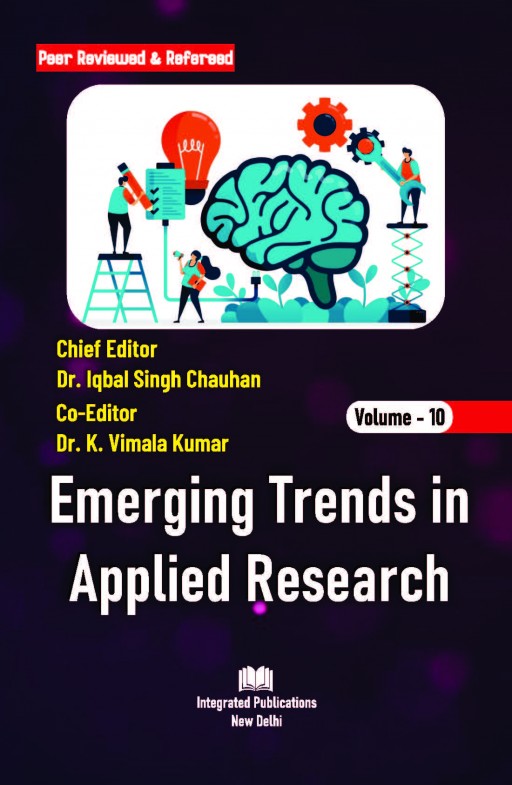Pus samples are commonly collected in microbiology laboratories to identify pathogens responsible for soft tissue infections. This study aims to analyze the bacteriological profile of pus samples and their antibiotic susceptibility patterns in a tertiary care hospital. Methods: A one-year retrospective study (January 2024-December 2024) was conducted, analyzing 874 pus samples. Isolates were identified using biochemical tests and VITEK 2 Compact, and antibiotic susceptibility was assessed. Results: The most prevalent organisms were Enterobacter cloacae complex (189 cases), Escherichia coli (111), and Pseudomonas aeruginosa (93). The highest number of pus samples originated from the Obstetrics department (234 cases). Antibiotic susceptibility analysis showed high resistance (6770 cases), with Tigecycline being the most susceptible drug. Conclusion: Multidrug-resistant organisms are prevalent in pus samples, emphasizing the need for targeted antibiotic policies to manage infections effectively [1, 2].
Copyright information
© Integrated Publications.

